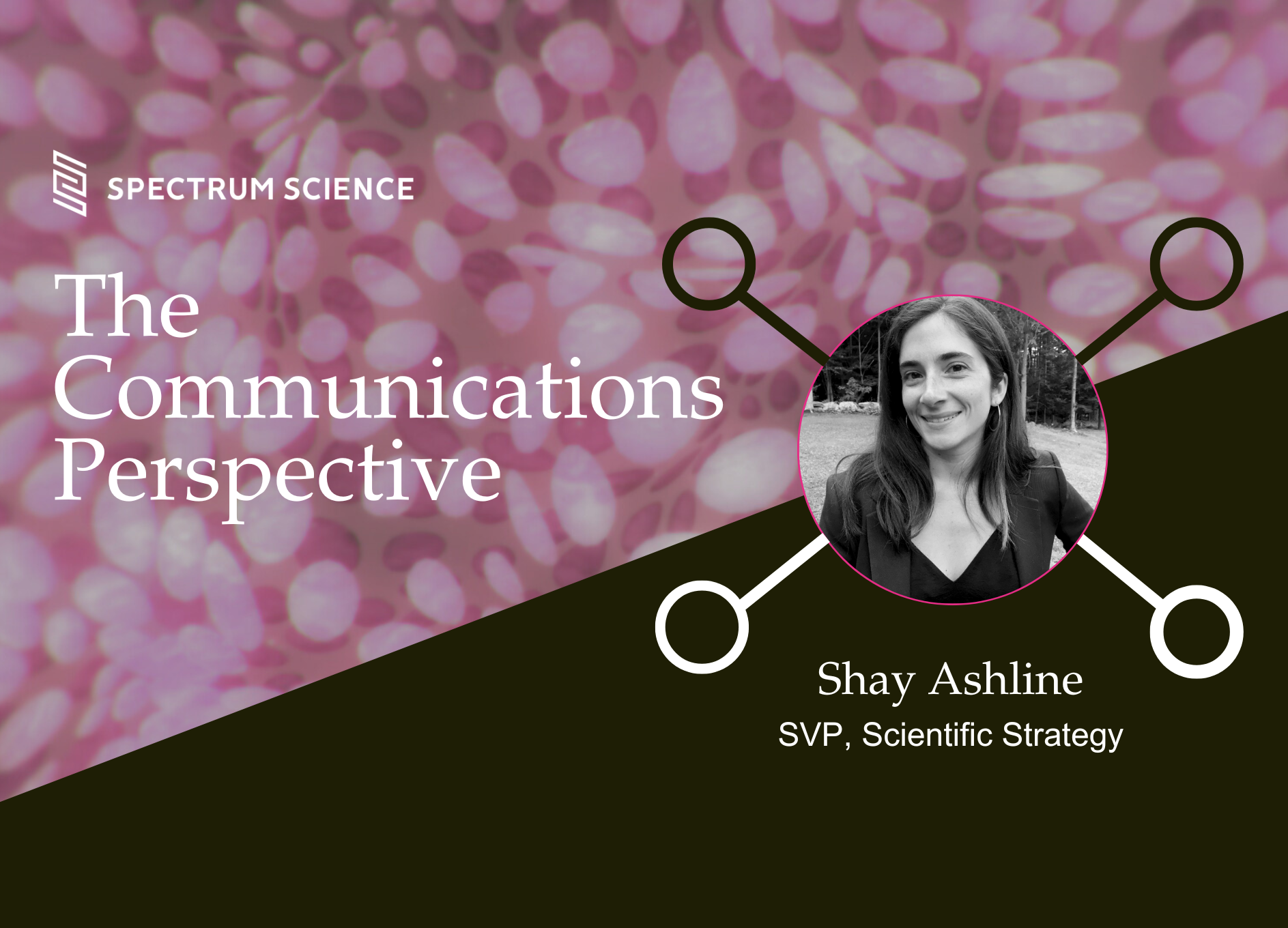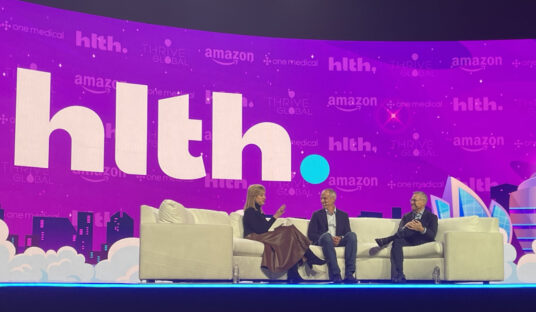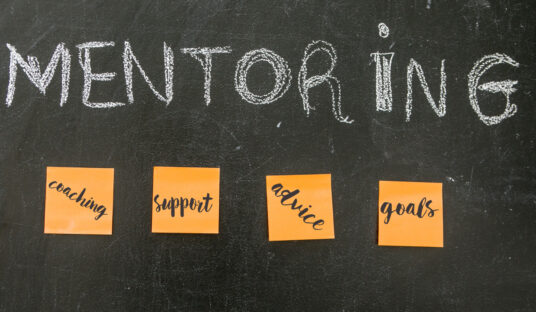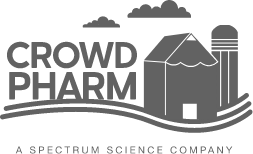
At a time when scientific breakthroughs are happening faster than ever, and misinformation is just as quick to spread, effectively translating complex science into clear, compelling stories has never been more important. Whether it’s patients or HCPs, stakeholders are looking for clarity, empathy and transparency; this takes a special combination of scientific acumen and strategic mindset to strike the right balance.
Shay Ashline, SVP of Scientific Strategy, brings this balance to life for her clients every day. We sat down with her to explore the power of storytelling at the intersection of complex science and human connection.
1. Spectrum Science is built on a commitment to integrating science, strategy, and storytelling. Tell us about your role and share how it helps bridge these areas to create an impact.
I’m part of the Scientific Strategy team and closely involved in the day-to-day work of key accounts. I help translate complex science into strategic narratives and connect with teams across the agency to ensure our work is both accurate and impactful. Science and strategy are at the core of our work, and storytelling is a big part of my role — one I really enjoy.
2. What role does storytelling play in making complex scientific concepts accessible?
Science is inherently complex—that’s part of what makes it so inspiring for those of us who work on it. But that same complexity can be the biggest hurdle when communicating ideas to a non-scientific audience. Storytelling is what helps us break through. Like a good movie, you’ve done your job if the audience is eager to know how it ends.
3. How do you balance scientific accuracy with accessibility when crafting scientific content?
A common adage that circulates among scientific communications is that you have to know something well to communicate it; but you have to know it even better to communicate it simply. Crafting a scientific story that has meaning and substance in an accessible and engaging way demands a deep understanding of the concept. A key part of my job is ensuring that as we simplify and make science interesting, we maintain the integrity of the information. We do that by finding creative ways to convey complex information, like graphics or metaphors, so that the key points are communicated in a way that is relatable and valuable.
There are three lessons that have stuck with me throughout my time in this industry:
- Simplify, but maintain the integrity of the information — don’t underestimate your audience
- Make it relatable, and be sure to infuse why people should care
- Always have a compelling story arch that makes the reader or viewer want to stick around until the end
Spectrum Science is built on a commitment to integrating science, strategy and storytelling; and we can help translate complex science into meaningful engagement for key stakeholders. Reach out to us to get started!
Perspectives

Communications
J.P. Morgan Healthcare Conference 2024: Unity and Hope Amid Industry Challenges

Communications
Attending HLTH 2024: Where Networking, Brand Boosting and Cool Collide

Communications
A Reflection on Mentoring Future Biotech Communicators

Communications
Top 5 Ways Consumer Brands Make an Impact at Medical Meetings





